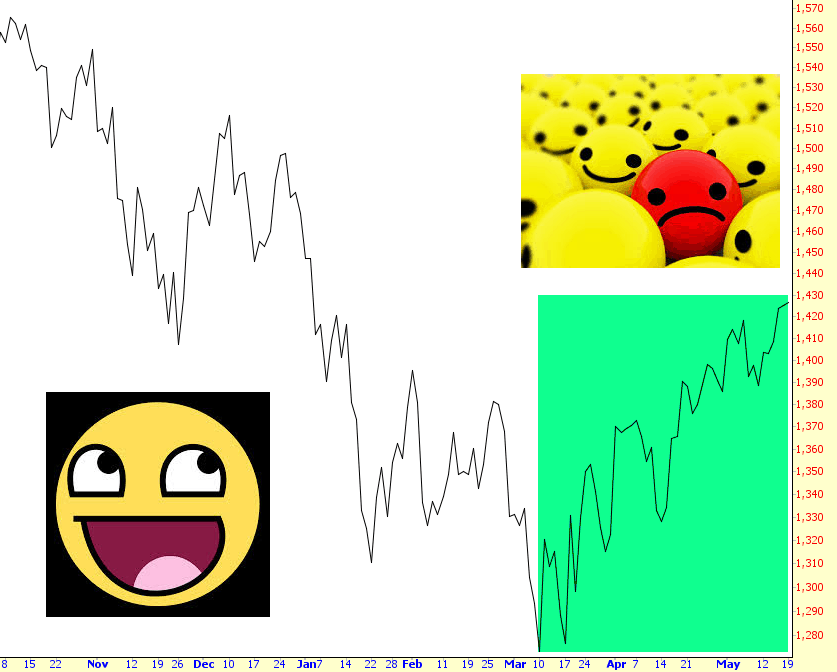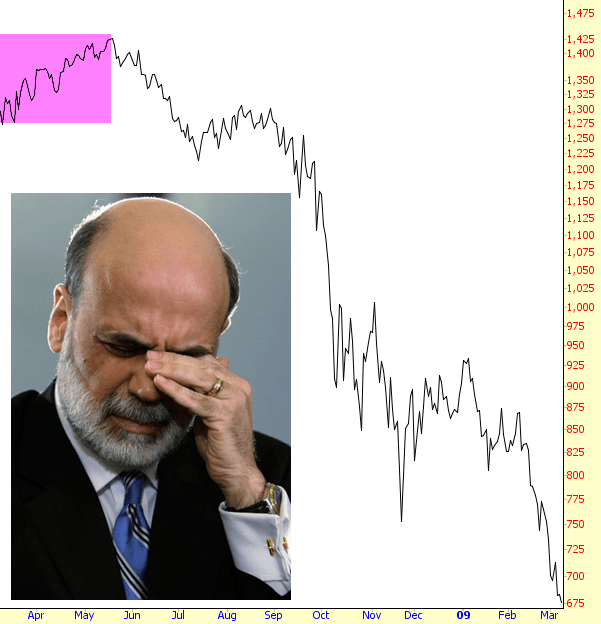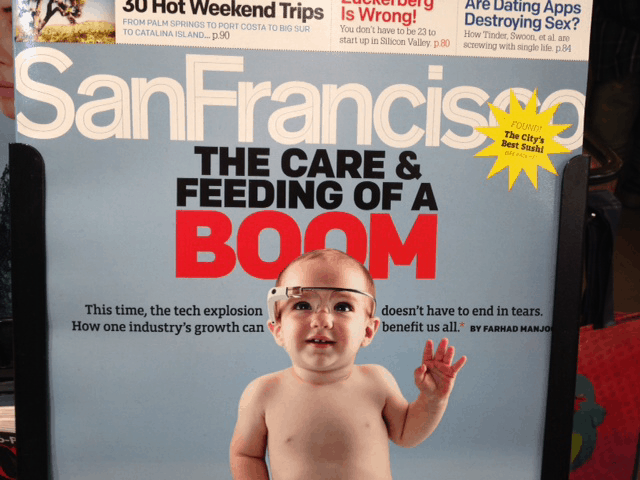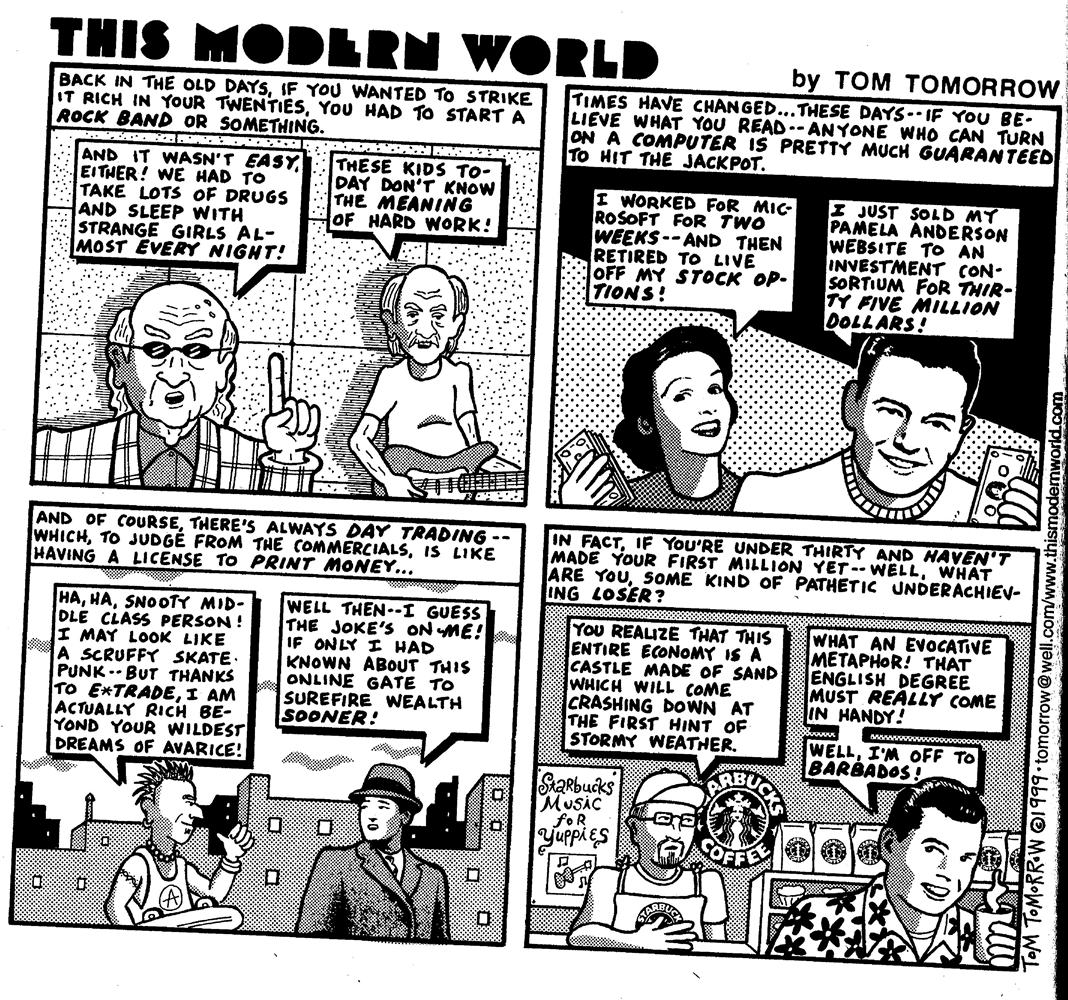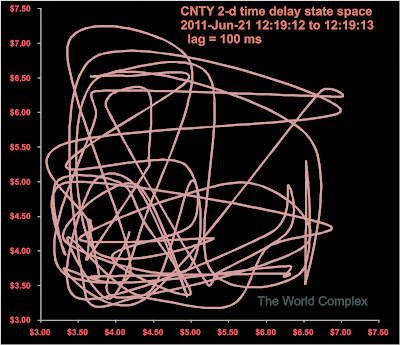Submitted by Pater Tenebrarum of Acting-Man blog,
A Change in Tune
It is interesting to watch how mainstream reporting on certain major topics at times undergoes chameleon-like changes with the meme originally presented suddenly turning into the exact opposite. Not too long ago conviction was extremely high that the Fed would slow down its 'QE' operations and that the economy's weak recovery was going to morph into something one might call 'business as usual'. That notion has never struck us as credible.
Readers who follow Zerohedge may have noticed two recent articles discussing the change in mainstream bank analyst views on the dreaded 'QE taper'. It is instructive to review them: Deutsche Bank now argues that there 'won't be any tapering at all', while SocGen as gone a step further and is now saying 'QE may be increased'.
In other words, mainstream analysts have finally realized that the insane are running the asylum. Regarding the changing tune in the popular mainstream press, we have come across this recent article at Bloomberg, entitled “Central Banks Drop Tightening Talk as Easy Money Goes On”.
“The era of easy money is shaping up to keep going into 2014. The Bank of Canada’s dropping of language about the need for future interest-rate increases and today’s decisions by central banks in Norway and Sweden to leave their rates on hold unite them with counterparts in reinforcing rather than retracting loose monetary policy. The Federal Reserve delayed a pullback in asset purchases, while emerging markets from Hungary to Chile cut borrowing costs in the past two months.
“We are at the cusp of another round of global monetary easing,” said Joachim Fels, co-chief global economist at Morgan Stanley in London.
Policy makers are reacting to another cooling of global growth, led this time by weakening in developing nations while inflation and job growth remain stagnant in much of the industrial world. The risk is that continued stimulus will inflate asset bubbles central bankers will have to deal with later. Already, talk of unsustainable home-price increases is spreading from Germany to New Zealand, while the MSCI World Index of developed-world stock markets is near its highest level since 2007.
“We are undoubtedly seeing these central bankers go wild,” said Richard Gilhooly, an interest-rate strategist at TD Securities Inc. in New York. They “are just pumping liquidity hand over fist and promising to keep rates down. It’s not normal.”
(emphasis added)
So, have central bankers drunk the Kool-Aid with the acid in it? What we see here is global acceptance of the Bernankean theory – largely derived from Milton Friedman's analysis of the depression era and Bernanke's own analysis of Japan's post bubble era – that even though new bubbles may be staring everyone into the face, central banks must 'not make the mistake to stop easing too early'. It is held that that would 'endanger the recovery', similar to what happened in the US in 1937 and Japan in 1996.
We have previously discussed that the 'Ghost of 1937' is hanging over the proceedings and tried to explain why this reasoning is absurd. While it is true that the liquidation of malinvested capital would resume if the monetary heroin doses were to be reduced, the only alternative is to try to engender an 'eternal boom' by printing ever more money. This can only lead to an even worse ultimate outcome, in the very worst case a crack-up boom that destroys the entire monetary system.
Why It Is Not 'Business as Usual'
One of the reasons why we remain convinced that the widely hoped for return to a 'normal expansion' isn't likely to occur is that we have some evidence – tentative though it may be – that the economy's production structure has been severely distorted again by the Fed's interest rate manipulations and the huge growth in the money supply it had to engender in order to keep interest rates below the natural level dictated by time preferences.
As one of our readers frequently points out in the comments section, the policy is mainly a stealth bank bailout, as money is transferred from savers to banks in order to avert the liquidation of unsound credit. How much unsound credit is still clogging up the system after the 2008 crisis? We unfortunately don't know, as bank balance sheets have become even darker black boxes than they already were after 'mark to market' accounting was suspended in April of 2009 (no doubt people who have the time to study the hundreds of pages of bank earnings reports with their endless footnotes in detail could come up with estimates, but apparently no-one really takes the time to do that).
Below is a chart that we use to gauge how factors of production are distributed in the economy. Note that this cannot be more than a rough guide, but it is a guide that has served us well in identifying unsustainable credit-ind
uced bubbles in the past.
What the chart shows is the ratio of capital goods (business equipment) to consumer goods production. When the ratio rises, it means that factors of production are increasingly moving from lower order stages of the capital structure to higher order ones – which is a phenomenon typically associated with credit-induced booms.
Of course this chart cannot tell us how much of the capital drawn toward higher order stages will turn out to be malinvested. However, what it does tell us is that the economy's production structure is in danger of tying up more consumer goods than it produces. In other words, it is an economy that may temporarily already be operating outside of what Roger Garrison calls the 'production possibilities frontier'.
By definition, this state of affairs is unsustainable. Eventually the process will reverse, namely once market interest rates stop 'obeying' the central bank's diktat and relative prices in the economy begin to revert to something a bit closer to their previous configuration. The revolutionized price structure can of course never return precisely to its initial, pre-boom state. However, if market interest rates were to start increasing, the prices of capital goods would certainly begin to decline relative to the prices of consumer goods. The prices of titles to capital, i.e. stocks, would then begin to fall as well, as would the ratio shown below.
The production of capital versus consumer goods in the US economy – once again reflecting credit bubble distortions – click to enlarge.
For readers not familiar with the long term chart, we show it below. What is interesting about this chart is that prior to the Nixon gold default and the adoption of a pure fiat money, the ratio traveled in a fairly narrow sideways channel. It only began to embark on a strong secular rise once the greatest credit bubble in history took off:

The production of capital versus consumer goods, long term. Prior to the massive credit bubble that started after the last tie of the dollar to gold was abandoned, the ratio traveled in a tight sideways channel between 0.3 and 0.4 – click to enlarge.
To be sure, not all of this structural change in the economy's capital structure can be blamed on the credit bubble. Partly it is probably also a result of the vast increase in global trade, which enabled a different and more efficient distribution of production to be put into place (labor-intensive consumer goods such as apparel are for instance nowadays mainly produced in China and other Asian nations). To the extent that the shift is due to the law of association it is beneficial and nothing to worry about.
Nevertheless, it can be clearly seen on the chart that even if we allow for a structural shift that is to some degree the result of benign developments, periods in which the credit bubble expands more strongly are accompanied by strong increases in the ratio, while busts result in 'mean reversion' moves.
The reason why these mean reversion moves don't play out more forcefully is that the central bank always does its utmost to arrest and reverse the liquidation of malinvested capital and unsound credit.
Conclusion:
Once the economy's capital structure is distorted beyond a certain threshold, it won't matter anymore how much more monetary pumping the central bank engages in – instead of creating a temporary illusion of prosperity, the negative effects of the policy will begin to predominate almost immediately.
Given that we have evidence that the distortion is already at quite a 'ripe' stage, it should be expected that the economy will perform far worse in the near to medium term than was hitherto widely believed. This also means that monetary pumping will likely continue at full blast, as central bankers continue to erroneously assume that the policy is 'helping' the economy to recover.
![]()
via Zero Hedge http://feedproxy.google.com/~r/zerohedge/feed/~3/s81J7pAVHsA/story01.htm Tyler Durden




















